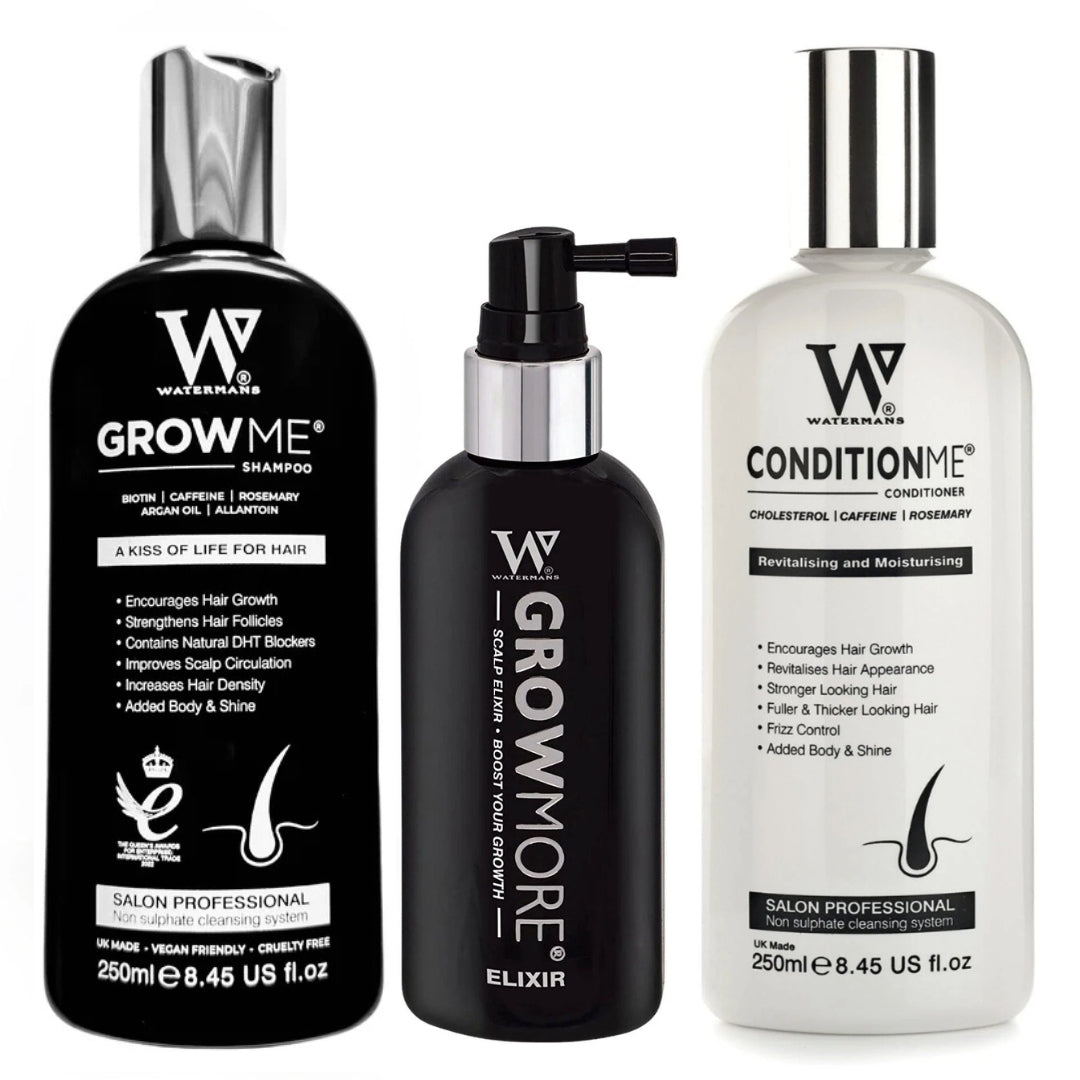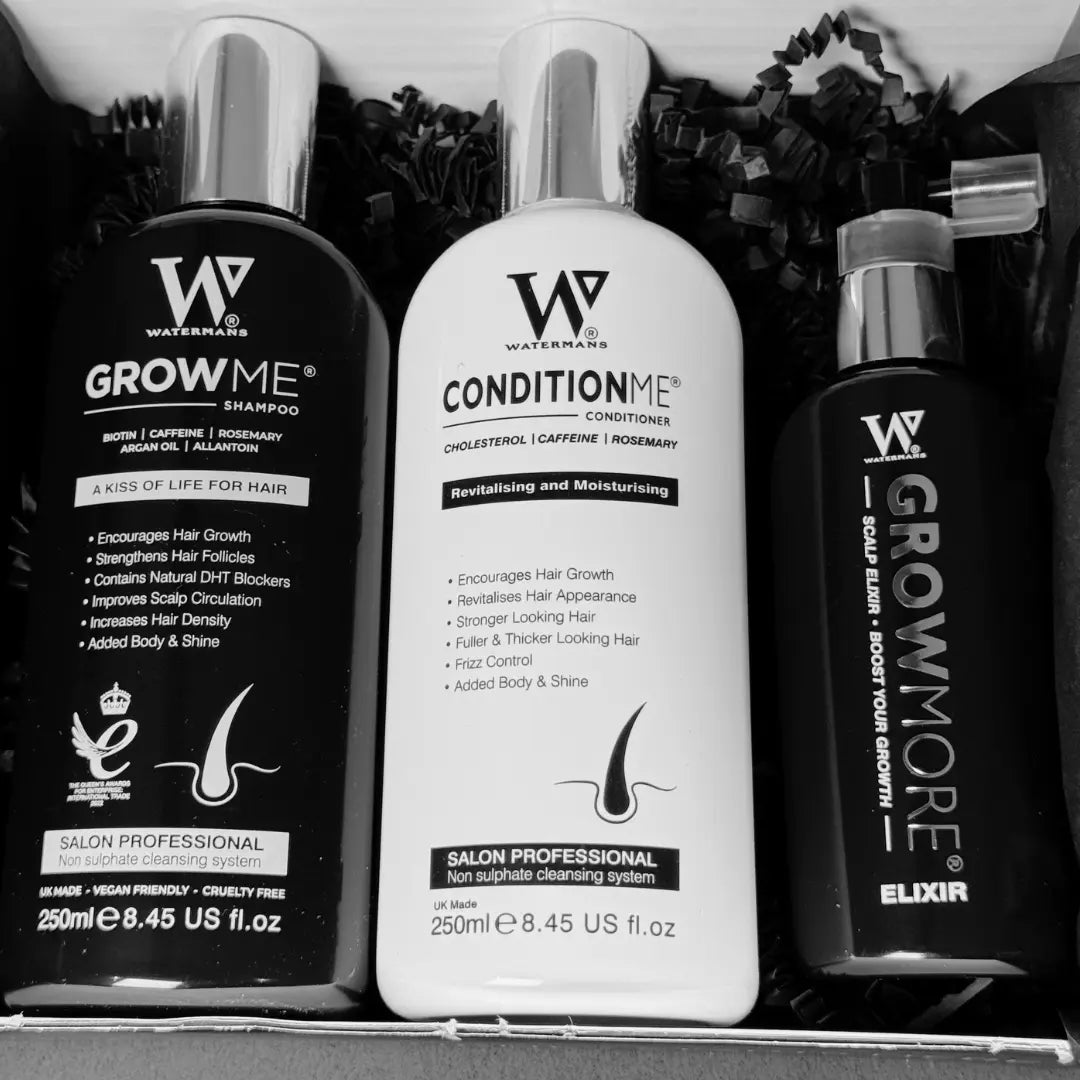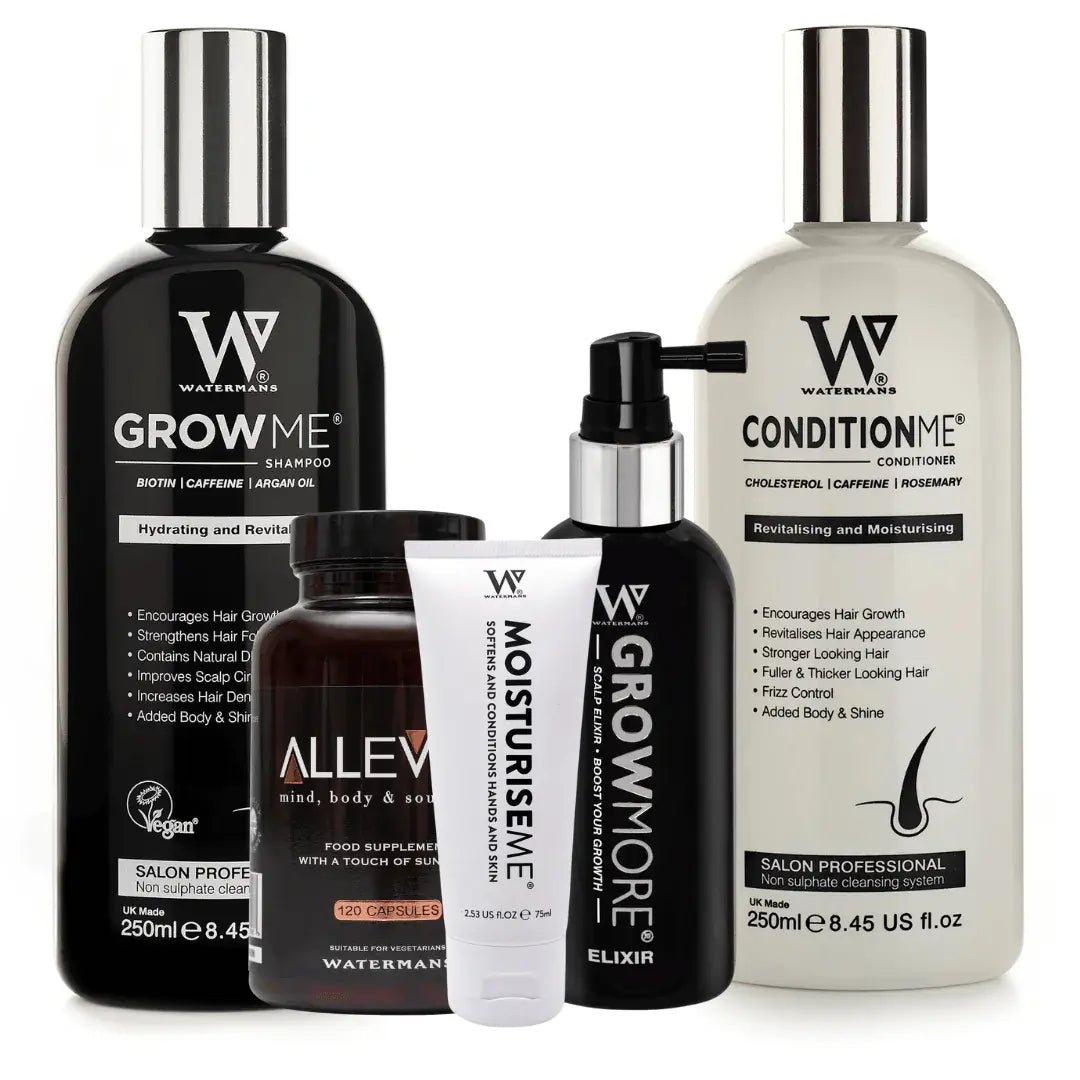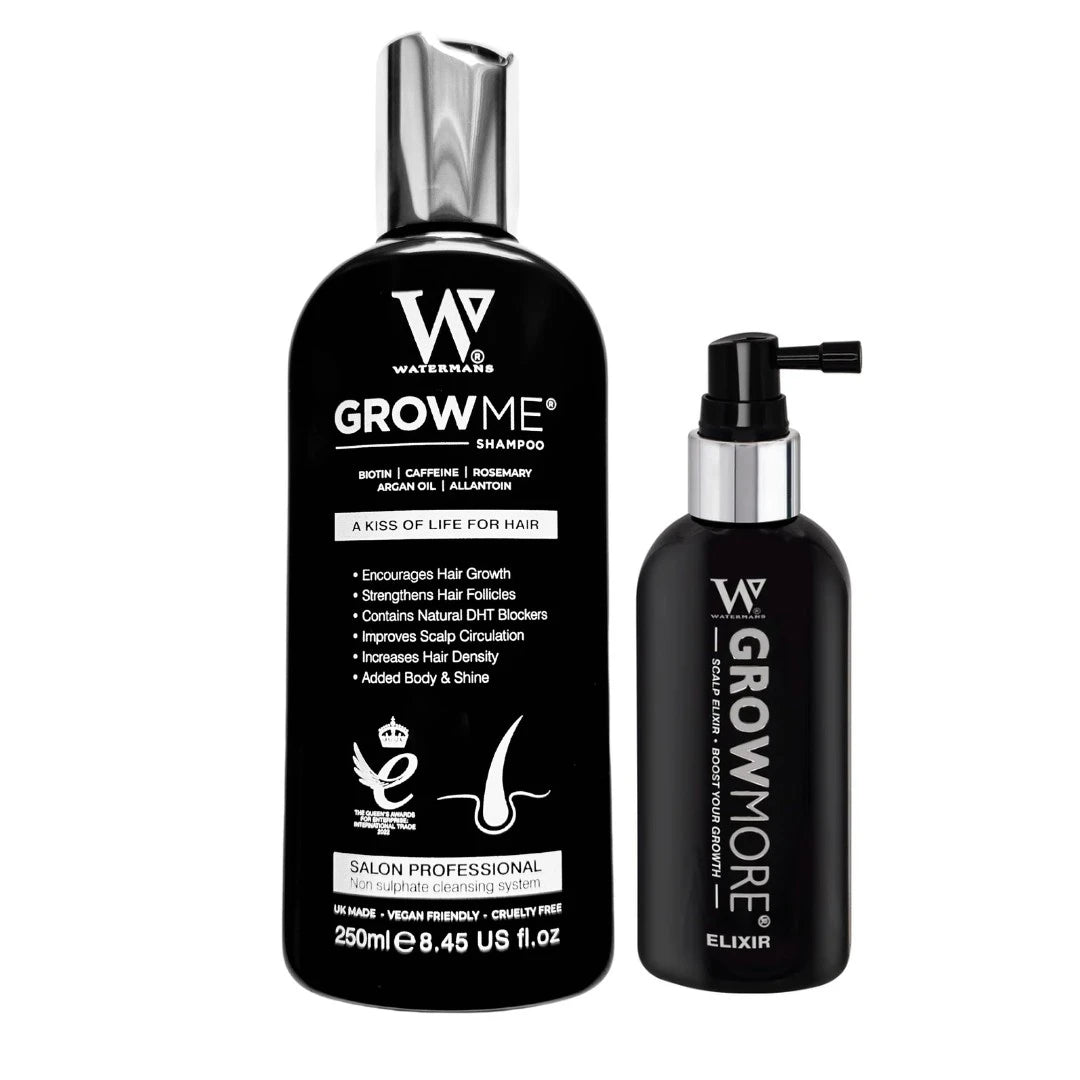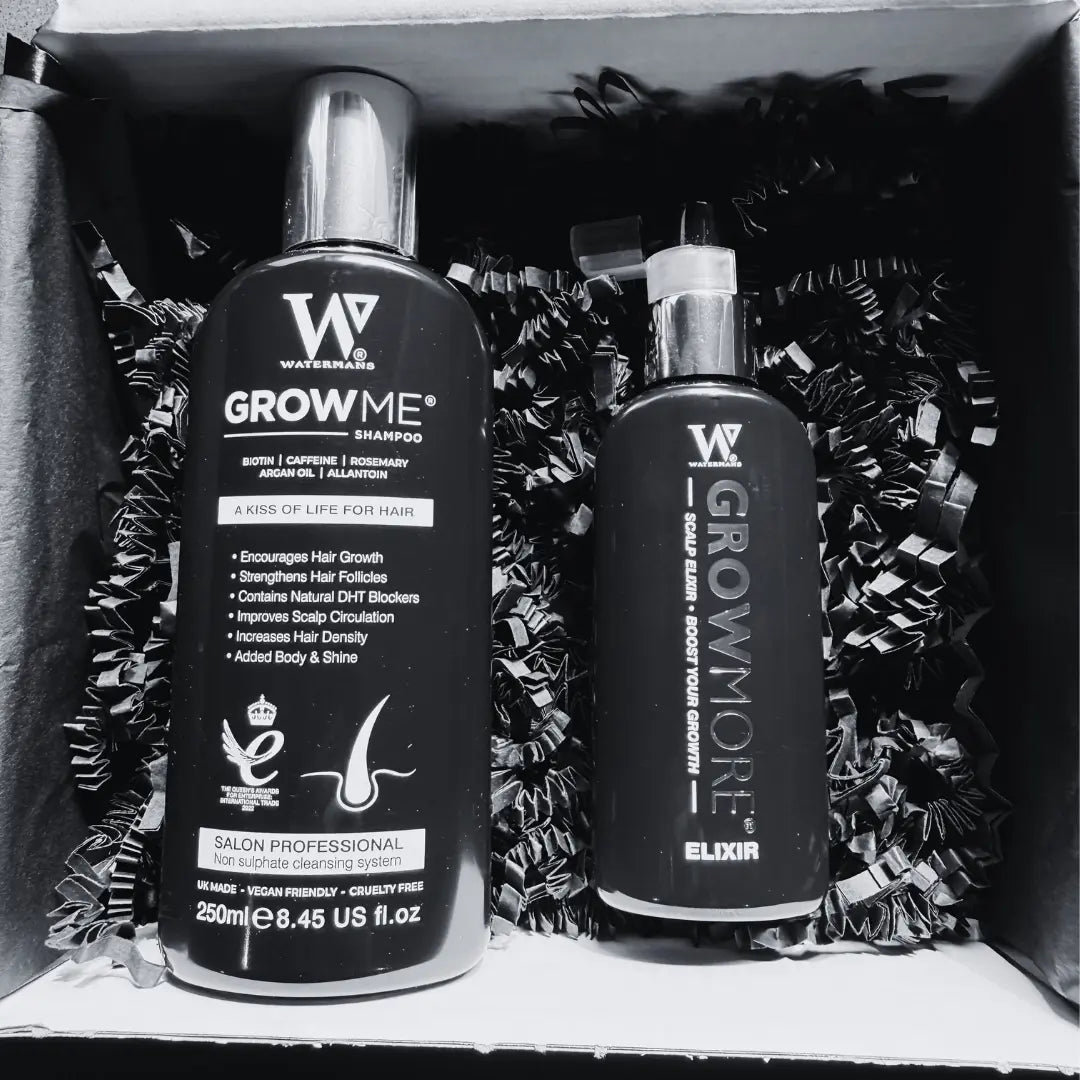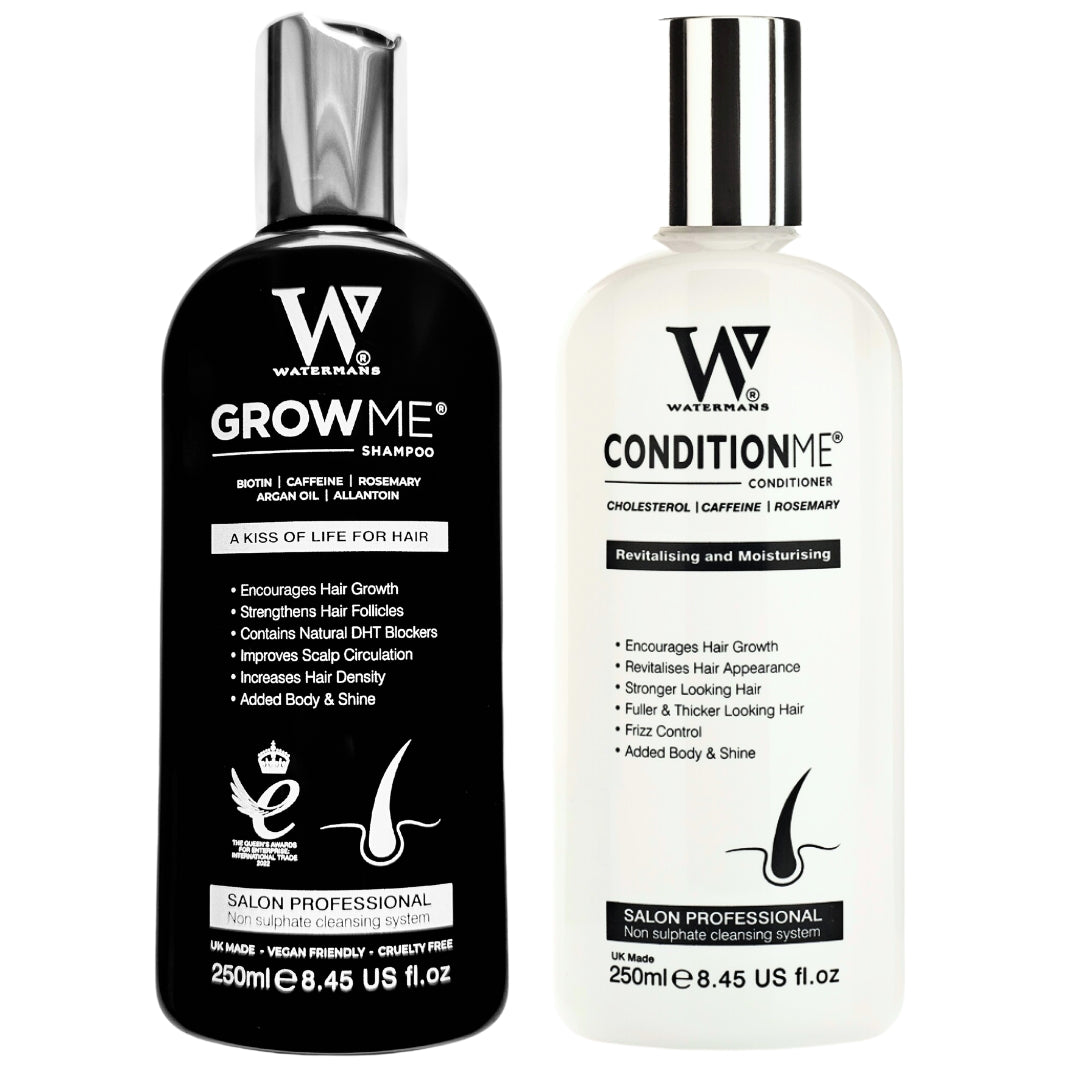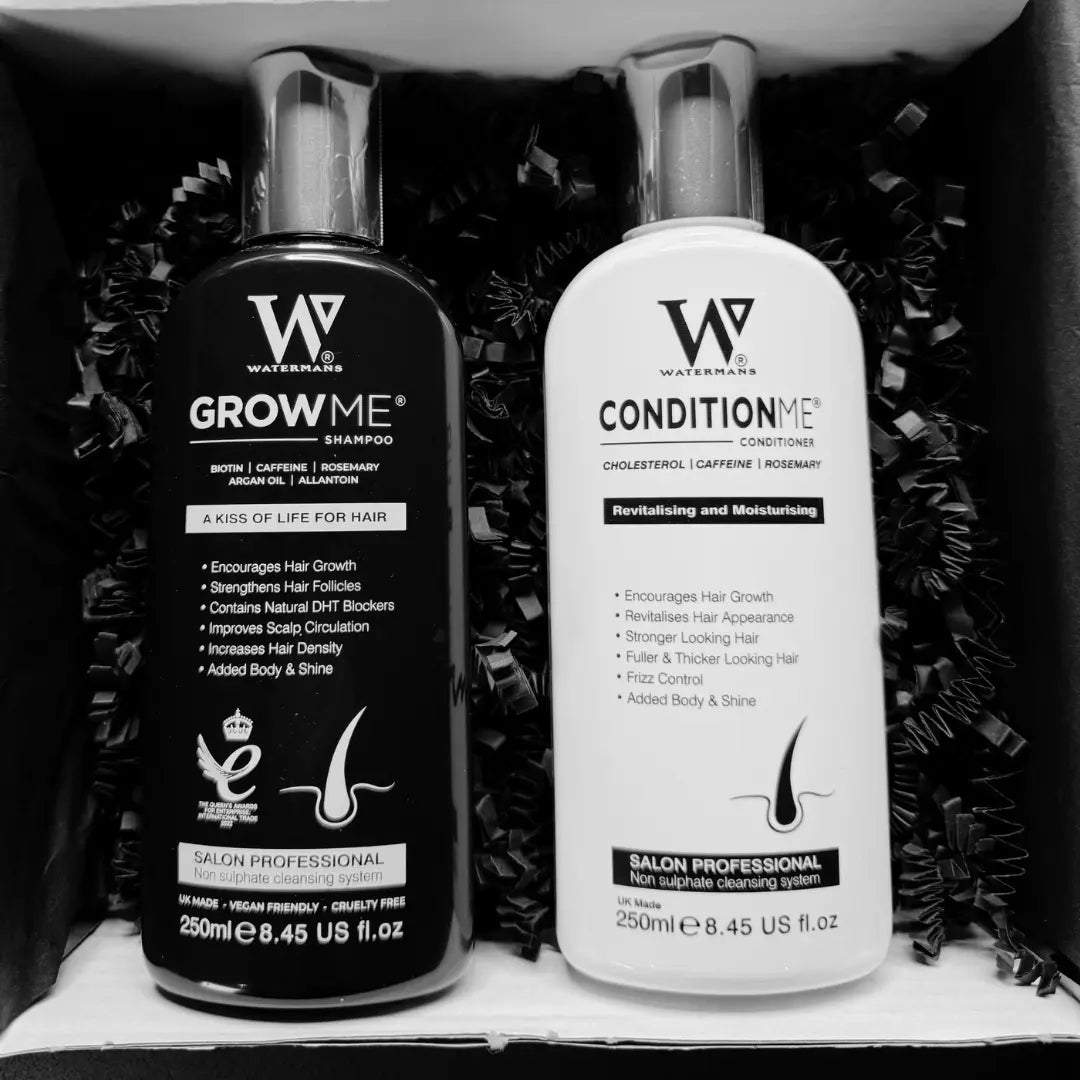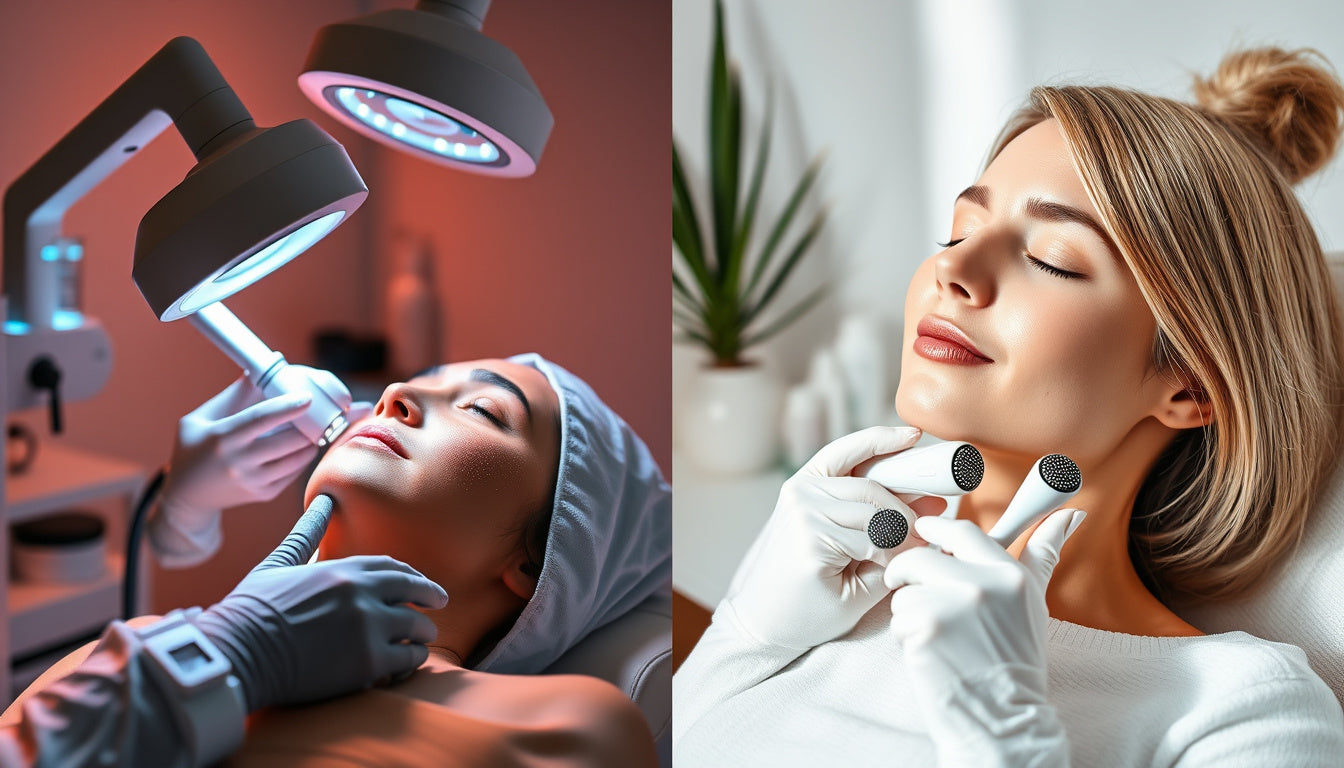
Microneedling vs Dermarolling: Unveiling the Best Skin Rejuvenation Method for You!
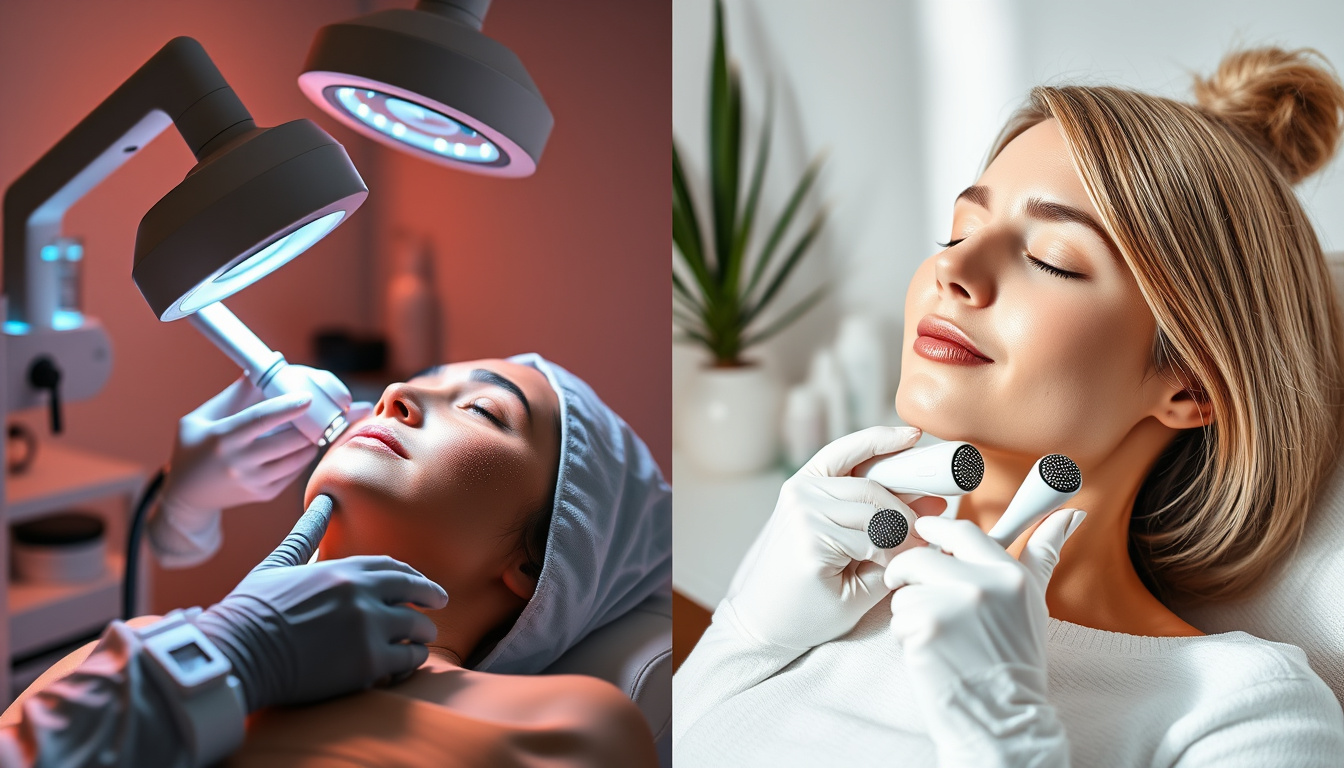
If you want smooth skin, you may know two popular methods: microneedling and dermarolling. Both ways use tiny needles to help your skin heal. In this article, we show the differences between the two methods, list their gains, explain how they work, and share steps to think about before you choose one.
What is Microneedling?
Microneedling is a skin treatment done by a trained expert. A tool with many small needles touches the skin. The needles make tiny marks. Your body then repairs these marks with fresh collagen and elastin. This repair work can improve how your skin feels and looks.
How Does Microneedling Work?
A trained person moves the tool along your skin. The small needles make many tiny holes. Your body fills the holes with new cells. The process helps your skin soak in lotions and serums. A session takes about 30 minutes to an hour. The time may change with the size of the treatment area.
Benefits of Microneedling
- Collagen Boost: The method makes your skin build new collagen and elastin.
- Improving Skin Texture: It helps smooth out scars, wrinkles, and fine lines.
- Minimizing Pores: Your skin may appear smoother with smaller pores.
- Better Lotion Absorption: Your skin soaks in skincare products more easily.
- Works for Many Skin Types: Microneedling suits almost every skin type with a low risk of dark spots.
What is Dermarolling?
Dermarolling uses a handheld tool called a dermaroller with small needles. The process is much like microneedling. Dermarolling is usually done at home and is easy to try on your own.
How Does Dermarolling Work?
You roll the device over your skin. The small needles poke tiny holes in the top layer. Your skin begins its repair work and makes more collagen. The results often come slower than with a professional session.
Benefits of Dermarolling
- Cost-Saving: It is often less expensive than a treatment by an expert.
- Easy to Do: You can do it at home.
- Similar Gains: Done correctly, it can help your skin look smoother.
- Custom Fit: You can decide how often to use it.
- Skin Repair Helper: It helps your skin absorb creams better.
Microneedling vs Dermarolling: Key Differences
Depth of Penetration
A microneedling device often goes deeper. The needles in a dermaroller are usually shorter. The deeper action of microneedling can bring stronger results.
Expertise Required
A trained expert should do microneedling. Dermarolling is fit for home use. When you use a dermaroller, careful use stops harm.
Recovery Time
After microneedling, you may see red or swollen skin for a few days. Dermarolling may cause mild irritation and needs little healing time. This can fit a busy style.
Results
Microneedling shows quicker, clear gains over one or more sessions. Dermarolling may take more time to show changes.
What to Expect During Treatment
At the Clinic (Microneedling)
- Consultation: Talk about your skin with the expert.
- Preparation: Your skin gets cleaned. A numbing cream is put on to lower any pain.
- Procedure: The expert runs the tool on your skin.
- Post-Care: A soothing serum may be used. You get tips to care for your skin after the session.
At Home (Dermarolling)
- Preparation: Clean your skin and the dermaroller.
- Technique: Follow a set pattern and use the right pressure.
- Serum Application: Put on a growth serum or cream after rolling.
- Aftercare: Treat your skin softly for a few days.
Best Practices for Microneedling and Dermarolling
Each method works well when you follow some safe steps.
Pre-Treatment Tips
- Talk with a Skin Expert: This step helps if you have skin issues.
- Skip Certain Creams: Do not use retinols, acids, or harsh products a few days before.
- Drink Water: Staying hydrated helps prepare your skin for healing.
Post-Treatment Care
- Keep It Clean: Use a gentle wash and avoid heavy makeup for at least one day.
- Sun Shield: Use a sunscreen with broad coverage to guard your skin.
- Skip Heavy Exercise: Avoid heavy sweat for a couple of days.
- Moisturize: Use light creams or serums to keep the skin moist.
Did You Know?
- Skin Renewal: Your skin may take about six weeks to renew fully after microneedling.
- Extra Gains: Both methods can help reduce marks from acne and marks from stretch.
- Hair Treatment: Microneedling can work on the scalp and may help hair grow (it pairs well with Watermans Grow Me Shampoo).
- Mild Discomfort: Many say microneedling feels like a small scratch.
- Keep a Schedule: Regular sessions keep the results strong, especially with microneedling.
Q&A Section
Q1: How often can I microneedle or dermaroll at home?
- Answer: Wait 4-6 weeks between dermarolling sessions so your skin can mend. For microneedling, follow the advice of a skin expert.
Q2: Can I use both microneedling and dermarolling?
- Answer: Some people mix the methods. Make sure to keep a safe cycle and check how your skin feels.
Q3: Is there any pain with microneedling?
- Answer: Experts use a numbing cream to cut pain. At home, dermarolling might feel a little rough but should not hurt.
Q4: Can I use my usual skincare creams right after treatment?
- Answer: After the session, avoid strong ingredients like retinol. Use gentle creams to soothe your skin.
Q5: Why is Watermans Grow Me Shampoo suggested?
- Answer: Watermans Grow Me Shampoo works to wake up the scalp and add volume to hair using natural items like Biotin and Rosemary.
For strong hair growth while you treat your skin, try Watermans Grow Me Shampoo. The product has Biotin, Rosemary, Caffeine, and other good ingredients to help your hair grow.
In your search for great skin, microneedling and dermarolling give you different gains. They can work side by side as you build a routine that helps you show the smooth skin you want.


